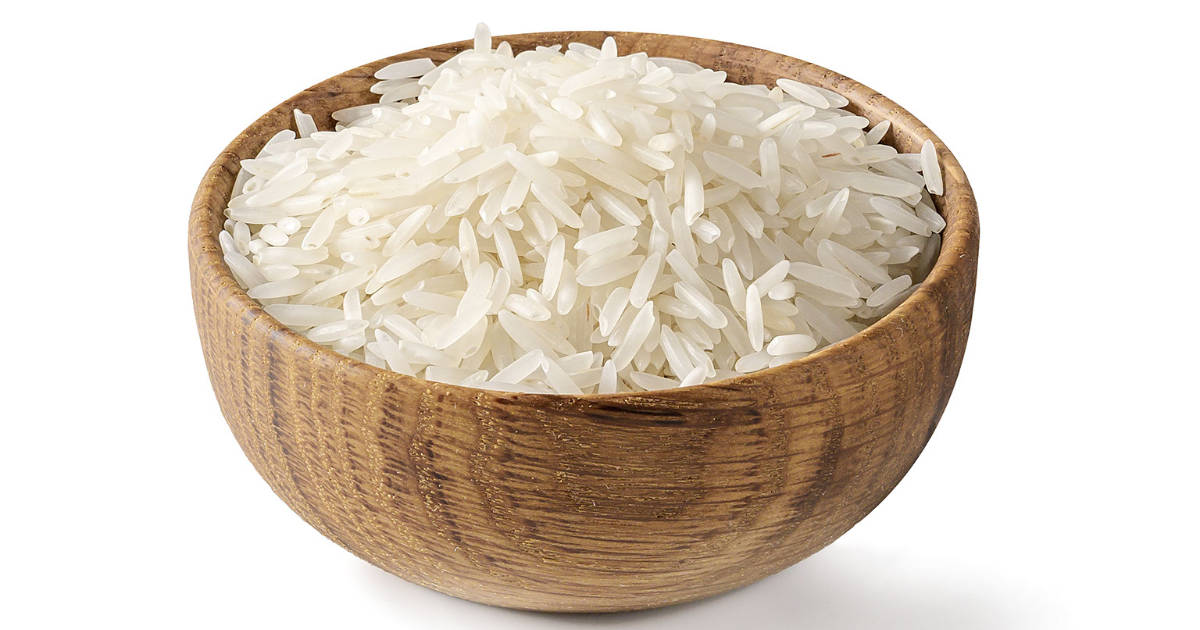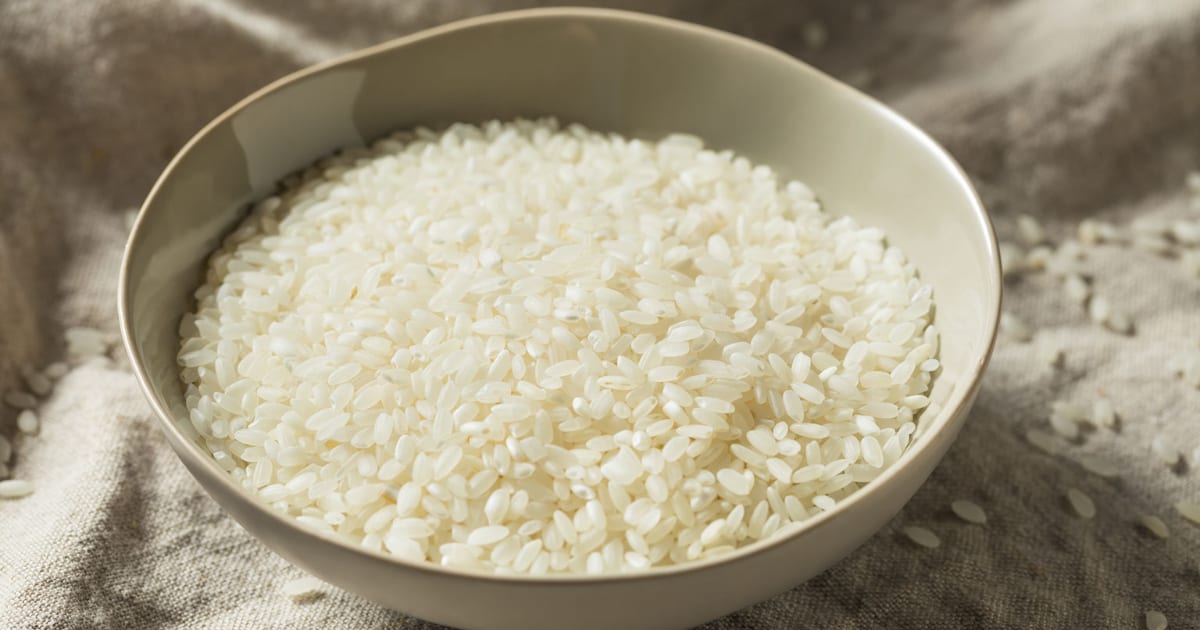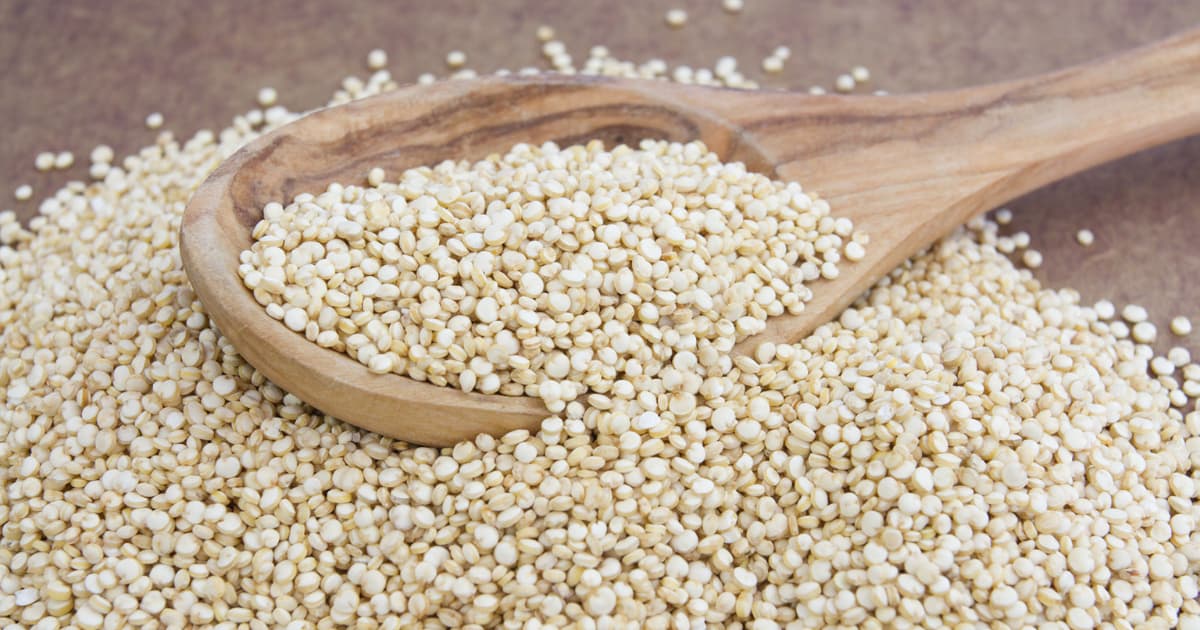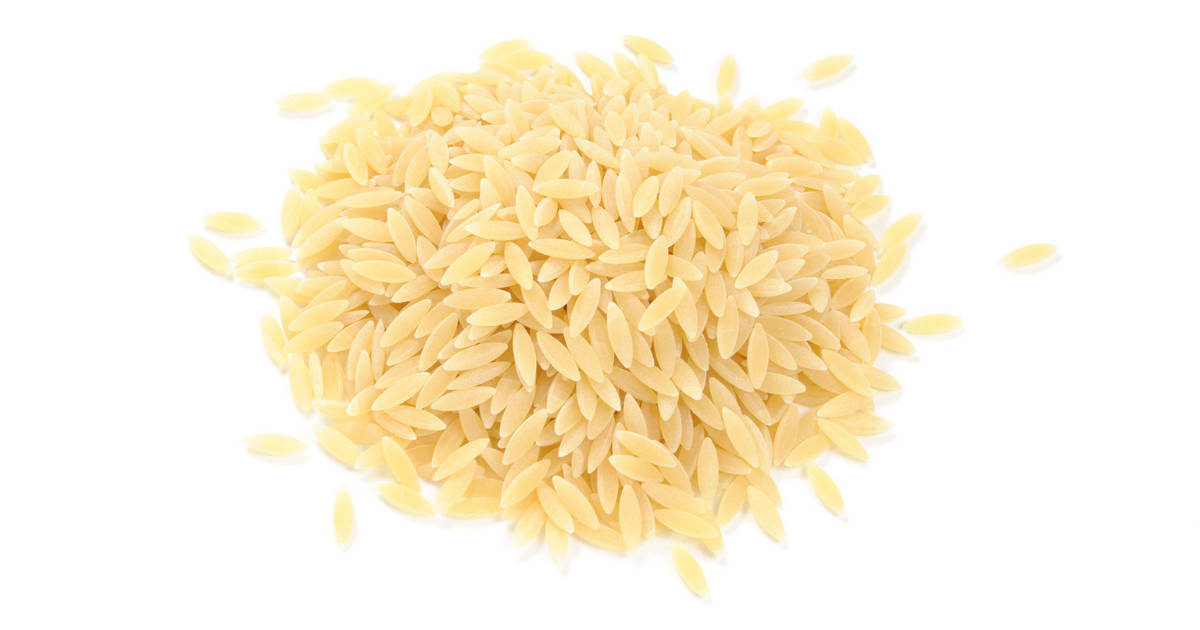Basmati rice is prized for its nutty aroma, elongated grains, and fluffy texture when cooked. This Indian rice goes well with pilafs, biryanis, curries, and more.

However, basmati can be expensive and not readily available depending on where you live. Fortunately, other types of rice and grains make suitable stand-ins for recipes calling for basmati.
Long Grain Jasmine Rice
Long-grain jasmine rice is one of the best substitutes for basmati rice. This aromatic rice variety has a light and delicate flavor that pairs well with many dishes. The grains are soft and slightly sticky when cooked, making jasmine rice perfect for stir-fries, fried rice, and other Asian recipes.
While not as fragrant as basmati, the subtle sweet aroma of jasmine rice can lend a pleasant scent to rice-based dishes. The soft, moist texture also allows it to readily absorb sauces and spices. Jasmine rice only takes about 18 minutes to cook, which is similar to basmati rice. Simply use a 1:2 rice-to-water ratio and reduce heat to low once boiling. Fluff with a fork before serving.
Jasmine rice is more affordable than basmati rice, while still having a pleasant flavor. The versatility of this long-grain rice makes it a handy staple to keep stocked in your pantry.
Long Grain Brown Rice
For a high-fiber, nutritious alternative to basmati, try long-grain brown rice. Unlike white rice, brown rice retains the bran and germ, giving it a chewier texture and a more robust, nutty flavor. The hearty taste and fiber content helps brown rice keep you feeling full and satisfied longer.
In addition to fiber, brown rice contains manganese, selenium, and magnesium. The bran contains phenolic acids which act as antioxidants to reduce inflammation and promote heart health. Along with its nutritional benefits, the pleasant aroma and fluffy yet toothsome texture when cooked make it a tasty substitute for basmati rice.
Keep in mind brown rice has a longer cooking time, requiring about 40-50 minutes. Use a rice cooker or a 1:2 ratio of rice to water in a pot, reducing heat to low once boiling. The extra bite and nuttiness of brown rice pair especially well with curries, stews, and pilafs.
Long Grain White Rice
A budget-friendly alternative to basmati is standard long-grain white rice. It has a mild, neutral taste that allows the flavors of other ingredients to shine. The grains remain loose and fluffy when cooked properly, similar to basmati.
Long-grain white rice can be found at most grocery stores for an affordable price. It also cooks quicker than brown rice, taking only about 20 minutes. Simply combine 1 cup rice with 2 cups water and reduce heat to low once boiling.
While it lacks the distinctive aromatic quality of basmati, long-grain white rice absorbs flavors well. Its neutral taste pairs nicely with strongly flavored foods like curries, chili, or garlic chicken. For everyday table rice, long-grain white is a convenient substitute for basmati.
Texmati Rice

Originating from Texas, Texmati rice is a hybrid of basmati and long-grain American rice. It possesses some of the aromatic qualities of basmati, with a nuttier, earthier flavor. The grains are also firmer and more elongated than standard long-grain rice.
Texmati rice can be used in recipes calling for basmati, such as biryani or pilaf. Its fragrance and nutty taste provide a pleasant complement to spices and sauces without overpowering them. This rice substitute cooks up light and fluffy with separated grains.
Use a similar ratio of Texmati rice to liquid as you would with basmati rice. Combine 1 cup rice with 2 cups water or broth, boiling briefly before reducing heat and simmering until tender. Texmati rice makes a flavorful, aromatic alternative to plain long-grain rice.
Carolina Gold Rice
Carolina Gold is an American heirloom rice known for its subtle popcorn aroma and fluffy yet firm texture when cooked. It possesses a slightly sweet, corny, buttery flavor that lends well to both savory and sweet rice dishes.
Its elongated, tapered grains resemble basmati rice. Unlike basmati, Carolina Gold rice is not notably aromatic or fragrant. However, it absorbs surrounding flavors nicely. The firm yet tender grains become infused with the seasonings and ingredients it's cooked with.
Use a 1:2 ratio of Carolina Gold rice to water or broth, boiling briefly before reducing heat and simmering until water is absorbed about 20-25 minutes. The subtle sweetness and popcorn essence of this rice variety pair well with chicken, fish, chops, and vegetables.
Arborio Rice
While perhaps not an obvious choice, Arborio rice can work as a substitute for basmati rice in certain recipes. Arborio is Italian short-grain rice popularly used to make risotto. It has a very high starch content that creates a rich, creamy texture when cooked.
The plump, almost round grains of Arborio rice become soft and chewy when cooked al dente. The rice itself has a mild, slightly nutty flavor that allows other ingredients to shine. The high starch content makes Arborio rice ideal for pudding-like dishes where you want a cohesive, creamy consistency.
Consider using Arborio rice in rice pudding or kheer recipes in place of basmati rice. The starch helps create a luscious, thick texture as the rice cooks down with milk and sugar. Arborio rice also works well served plain as a complement to saucy dishes like stews, curries, or hearty braises.
Cauliflower Rice
For a low-carb, gluten-free alternative to basmati rice, try cauliflower rice. By pulsing cauliflower florets in a food processor until small and rice-like, you can create a rice substitute with a fraction of the carbs.
Cauliflower rice cooks quicker than basmati, taking about 5-10 minutes when sautéed in a skillet with olive oil or other healthy fat. It provides a neutral base to soak up flavors from aromatic spices, hearty sauces, and other ingredients.
The mild, slightly sweet cauliflower flavor pairs well with Indian, Thai, Mexican, and other ethnic recipes. Cauliflower rice adds nutrients like vitamin C, vitamin K, and B vitamins. It’s also an excellent source of fiber, providing a substantial 3 grams per cup.
Quinoa

Quinoa is an exceptionally healthy, protein-rich seed that can substitute for basmati rice in many recipes. These tiny, bead-like seeds have a pleasantly crunchy texture and mild, nutty taste when cooked.
Quinoa contains all essential amino acids, making it a complete vegetarian protein. Compared to white rice, quinoa is higher in fiber, antioxidants, and minerals like magnesium, iron, and zinc. It has a light, fluffy texture and readily absorbs surrounding flavors.
Quinoa does not contain gluten, so it’s a safe option for those with celiac disease or gluten intolerance. To cook quinoa as a rice substitute, combine 1 cup of quinoa with 2 cups of water or broth. Boil briefly before reducing heat to low and simmering until liquid is absorbed, about 15 minutes. Fluff with a fork before serving.
Bulgur Wheat
For an easy-to-cook, fiber-rich alternative to rice, try bulgur wheat. These wheat kernels are parboiled, dried, and ground to create cereal-like grains with a pleasantly chewy consistency.
The nutty, earthy flavor of bulgur wheat stands up well to bold seasonings and sauces. It works nicely in pilafs, stuffed vegetables, tabbouleh salad, and other rice-based recipes. Thanks to its high fiber content, bulgur wheat has a lower glycemic index than white rice.
Since bulgur wheat is parboiled, it requires less cooking time than rice. Combine 1 cup bulgur wheat with 2 cups boiling water or broth. Remove from heat, cover, and let stand for 20 minutes to absorb liquid. Fluff with a fork before serving the tender, toothsome grains.
Couscous
Couscous is made from semolina wheat and has a fluffy, light texture when cooked. The tiny pasta granules resemble grains of rice. With a neutral flavor, couscous allows for spices, herbs, vegetables, meats, and other ingredients to shine.
Couscous works nicely in place of rice in many dishes, soaking up surrounding flavors. Its firm yet tender texture provides an interesting contrast to stews, tagines, braised meats, and curries. Whole wheat couscous provides more fiber and nutrients than traditional white couscous.
Prepare couscous by combining 1 cup dry with 1 1/2 cups boiling water or broth. Remove from heat, cover, and let stand for 5 minutes to absorb liquid. Fluff with a fork and serve. For added flavor, toast the dry couscous in olive oil before cooking.
Orzo

Resembling plump grains of rice, orzo is a popular Italian pasta shape that can stand in for basmati or other rice varieties. Made from semolina or wheat flour, orzo has a nice bite to it when cooked al dente.
The pasta absorbs flavors from sauces, broths, and other ingredients nicely. Orzo works well in soups, salads, casseroles, and rice-based dishes. Compared to white rice, orzo provides more protein and nutrients like iron and B vitamins.
Boil orzo for about 9 minutes until it reaches the desired tenderness. Drain and rinse with cold water to stop the cooking process. Sauté in olive oil or mix with desired sauces and ingredients. For a creamier texture, try cooking orzo in broth or milk.
With so many tasty and nutritious basmati rice alternatives available, you can enjoy your favorite rice recipes even when you run out of this aromatic Indian rice. Jasmine, brown, and long-grain white rice make suitable substitutes, as do whole grains like quinoa, bulgur, and couscous. With their varying flavors and textures, you can find the perfect stand-in for basmati!
FAQs
Which rice variety is the closest substitute for basmati rice?
Most experts agree that long-grain white jasmine rice bears the closest resemblance to the aroma, flavor, and cooking properties of basmati rice. While slightly less fragrant, jasmine rice has a similar delicate, sweet scent and light, fluffy texture when cooked.
How does brown basmati rice compare nutritionally to white basmati rice?
Since the bran and germ are left intact, brown basmati rice contains more fiber, antioxidants, B vitamins, manganese, and other nutrients compared to processed white basmati. The bran gives it a more robust, nutty flavor and chewier bite as well.
What are some good ways to flavor cauliflower rice?
To boost the flavor of mild cauliflower rice, try sautéing it in olive oil or ghee with aromatics like garlic, ginger, curry powder, or cumin. You can also stir in vegetables, herbs, citrus juice, or creamy sauces. Mixing in a small amount of brown rice adds texture and nuttiness too.
How does couscous differ from traditional rice?
Couscous is actually a type of pasta made from semolina wheat. While its granules resemble rice grains, couscous has a firmer, toothsome texture. It also absorbs flavors from cooking liquids very well. Whole wheat couscous provides more protein and nutrients compared to refined white rice.
Conclusion
When a recipe calls for aromatic Indian basmati rice but you don't have any on hand, rest assured you have plenty of suitable alternatives.
Long-grain rice like jasmine and Texmati provide the most similar experience, while brown, black, red, and wild rice offer their own flavors and textures. Whole grains like quinoa, bulgur, and couscous make flavorful, nutritious stand-ins as well.
With so many options to choose from, you can match the basmati rice substitute to the flavors of your dish and your nutritional needs.

